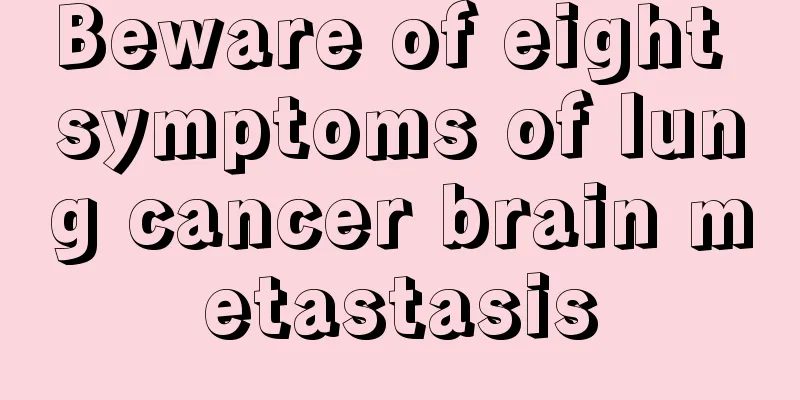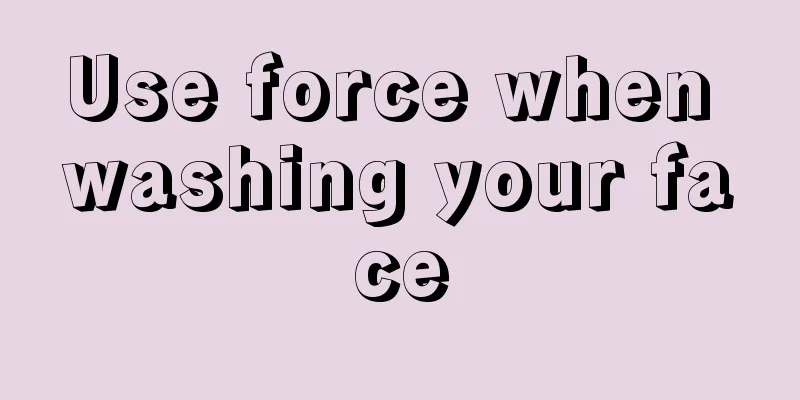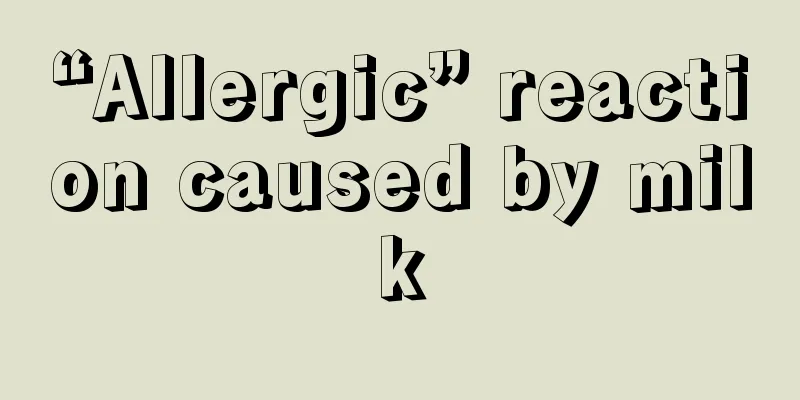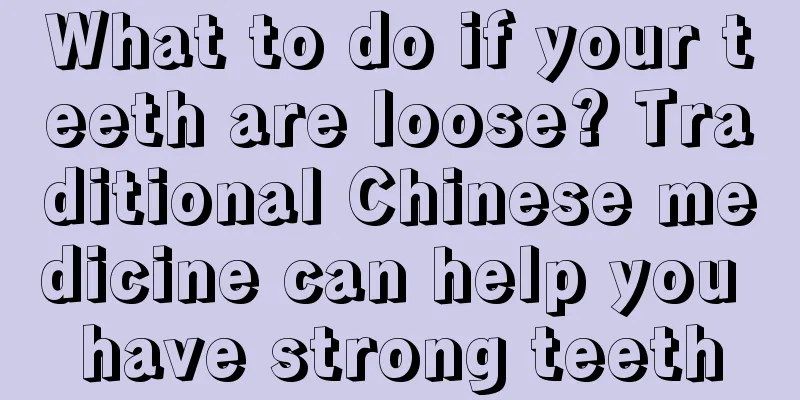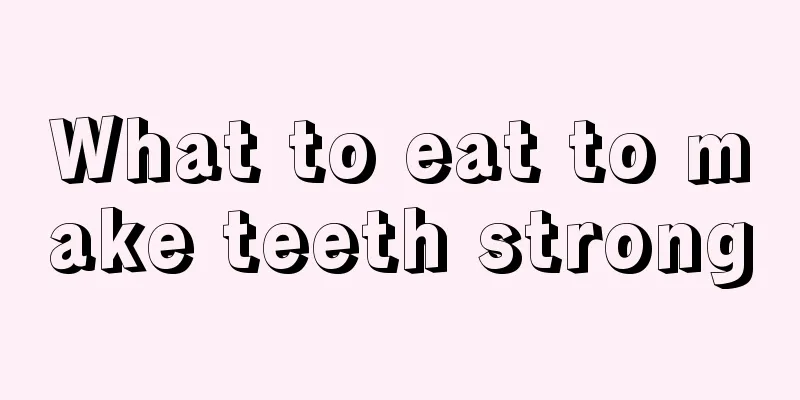What are the treatments for amblyopia
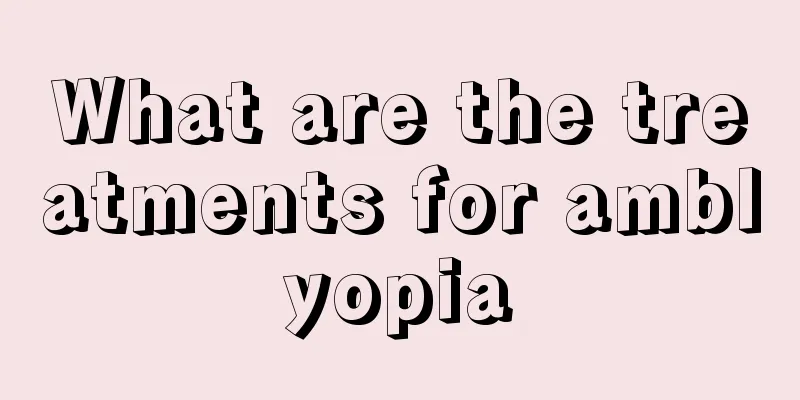
|
If you have amblyopia, it will not have much impact on your daily life and work. However, if amblyopia occurs, you still need to pay attention to correct conditioning and treatment, such as the use of some eye drops, and you can also choose a treatment method that suppresses the healthy eye. ① Suppress the healthy eye from seeing near: drip 1% atropine solution into the healthy eye every day, wear corrective glasses, and add a 2.00 or 3.00 spherical lens to the corrective lens of the amblyopic eye. This will force the patient to use the healthy eye to see far and the amblyopic eye to see near. ② Suppress the dominant eye from seeing far: apply atropine drops to the dominant eye and overcorrect it with a 3.00 spherical lens so that it cannot see far clearly but can see near; wear a full corrective lens for the amblyopic eye to see far. ③ Complete suppression: Put atropine in the dominant eye and wear an undercorrected lens, generally minus 5.00 spherical lens (negative lens or reduced positive lens can be used); the amblyopic eye wears a corrective lens. This makes the dominant eye unable to see either near or far. ④ Selective suppression: A. For those with excessive accommodative convergence: apply atropine drops to the dominant eye, wear corrective lenses, and wear bifocal lenses in the amblyopic eye to promote near vision and reduce or eliminate esotropia when looking at close objects. B. Maintain and consolidate the therapeutic effect: alternately suppress both eyes. Atropine was stopped for the dominant eye, and two pairs of glasses were fitted, one pair for the right eye with a 3.00 spherical overcorrection, and one pair for the left eye with a 3.00 spherical overcorrection. The two pairs of glasses were worn alternately every other day. The child uses his right eye to see far away one day and his left eye to see far away every other day to prevent recurrence of amblyopia. Suppressing near vision is the most commonly used method. Suppressing far vision and complete suppression are sometimes not guaranteed to work, because the child only needs to take off the glasses to use the dominant eye to see far. Complete suppression is effective for high hyperopia, but removing glasses is not good for patients because the dominant eye cannot see clearly at near distance with atropine, and it is undercorrected by 5.00 diopters, so far vision is also blurry. One of the biggest disadvantages of suppression therapy is that it is only suitable for moderate amblyopia. When the visual acuity is less than 20/60, the child may still be willing to use the dominant eye that has been treated with atropine for near vision because the latter's visual acuity is still better than that of the amblyopic eye. |
<<: What is the reason for my memory getting worse and worse
>>: What are the dangers of removing wisdom teeth
Recommend
What short hairstyle is suitable for a big face?
No one wants to have a big face. This is determin...
What are the wonderful uses of vinegar
Vinegar is very common and comes in many differen...
Can canned yellow peaches be frozen
Canned yellow peaches can be frozen, and sealed c...
How many days does the short-acting contraceptive pill take to be effective
Short-acting contraceptive pills are generally su...
Why am I so upset and irritable? This is what's going on.
It is not uncommon to become irritable and upset ...
When is the best time to take Chinese medicine? Time to take Chinese medicine
There are certain taboos when taking traditional ...
Application of radiotherapy and chemotherapy in the treatment of Hodgkin's lymphoma
Radiotherapy and chemotherapy are the two main me...
How long can you live after lung cancer surgery?
For lung cancer patients who undergo surgery, whe...
Which hospital can check ovarian tumors
Nowadays, due to the pressure of life, many femal...
What are the effects of Zhuzhen toothpaste?
Zhuzhen toothpaste actually contains natural bamb...
Long-term vaginal bleeding should alert you to the occurrence of cervical cancer
The patient, Miao Lei, is 40 years old and a midd...
Dietary fiber can prevent colon cancer. What can you eat to prevent colon cancer?
Colon cancer is a common malignant tumor that may...
What's the matter with throat ulcer
I believe everyone is familiar with oral ulcers, ...
The sequelae of skin cancer
When it comes to the appearance of skin cancer, I...
What has the effect of whitening teeth
Now with the improvement of living standards, peo...
